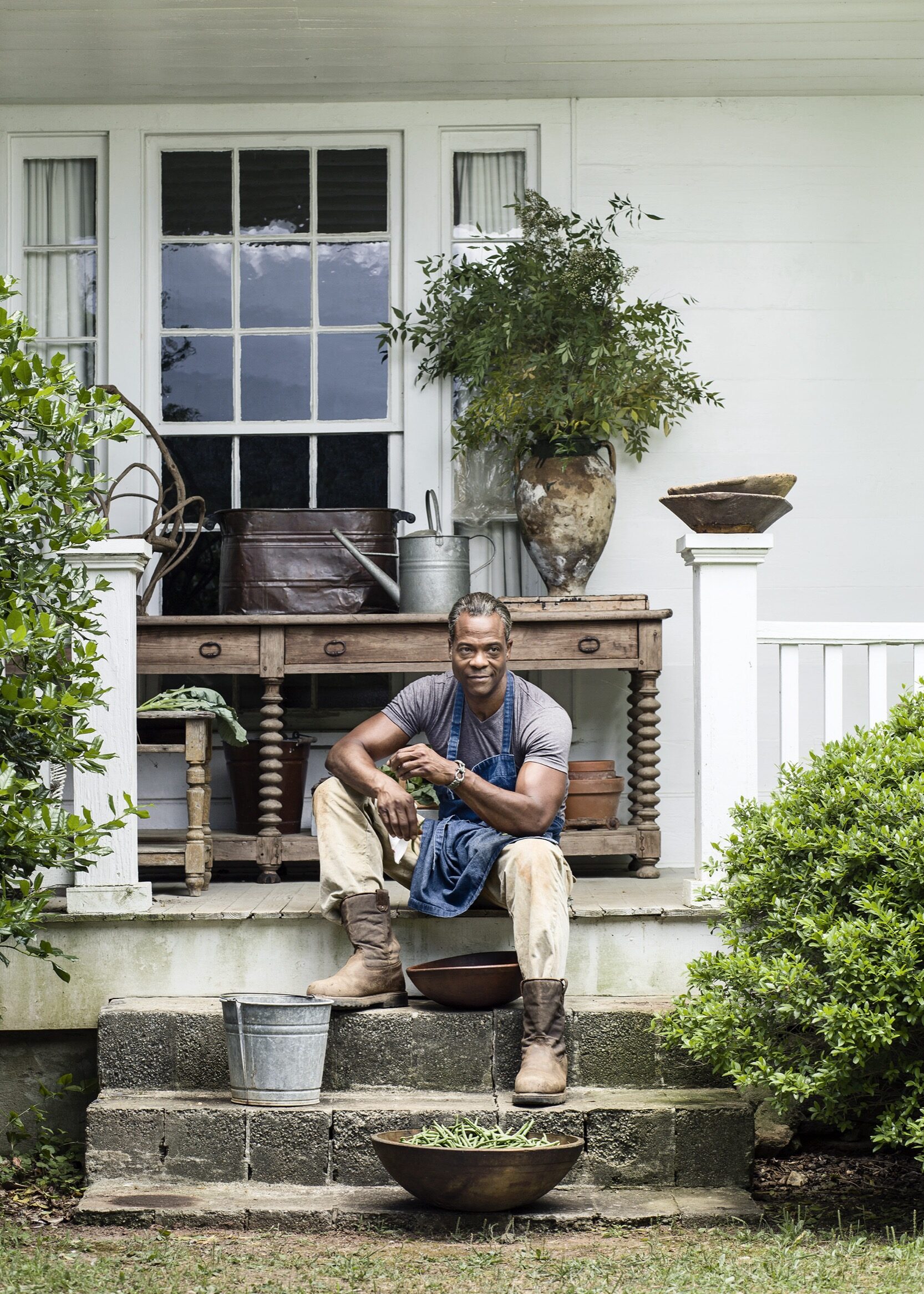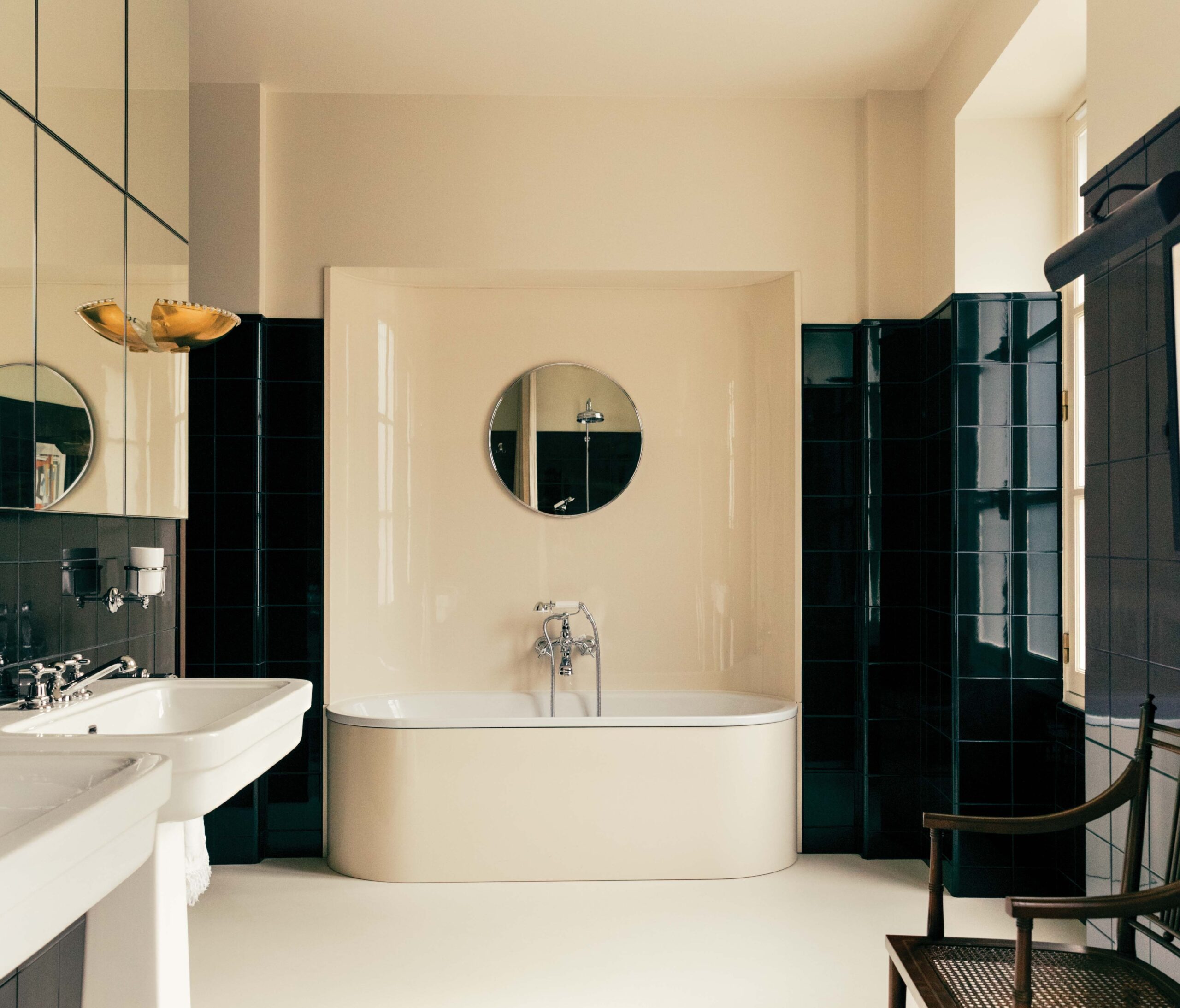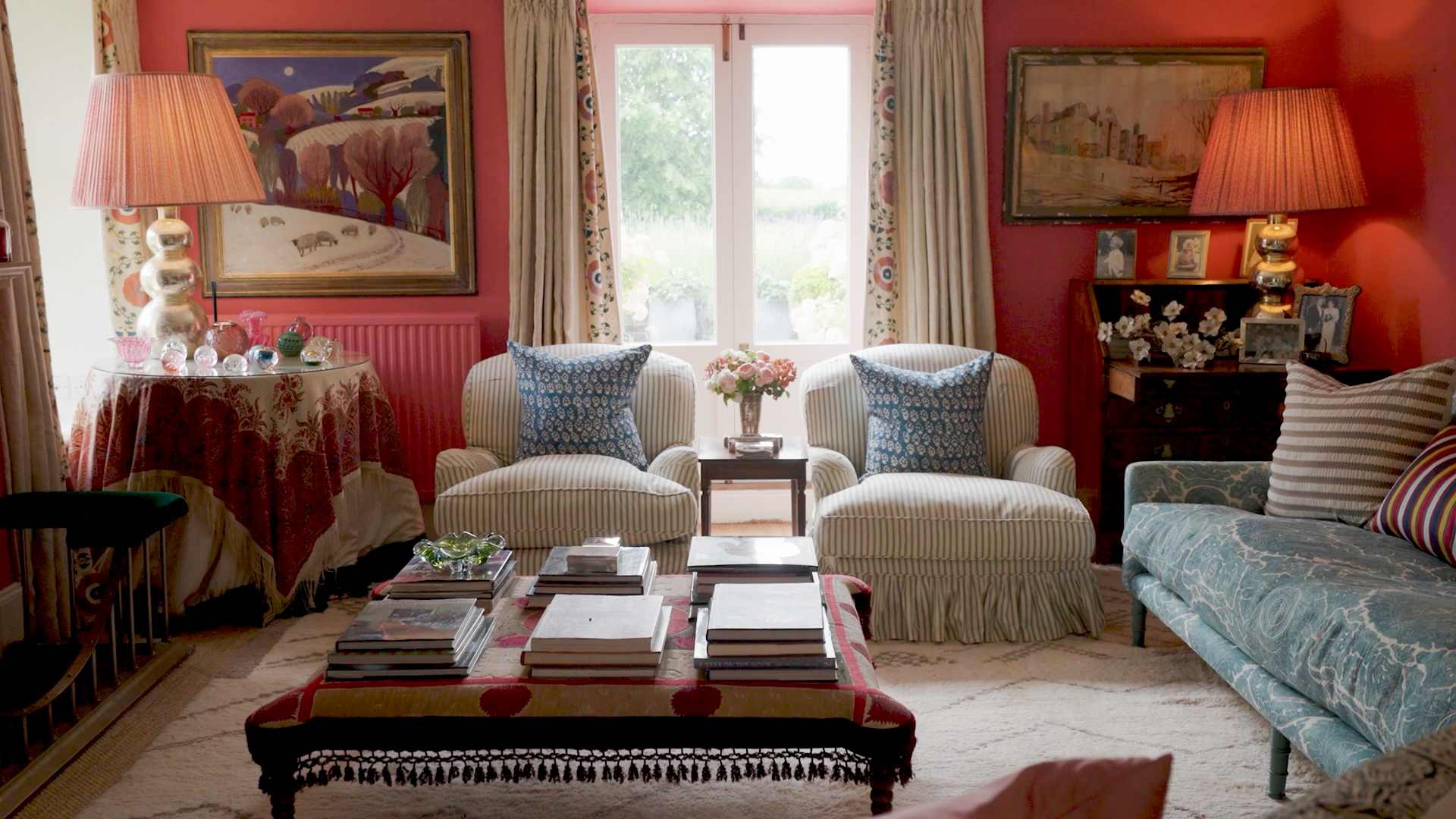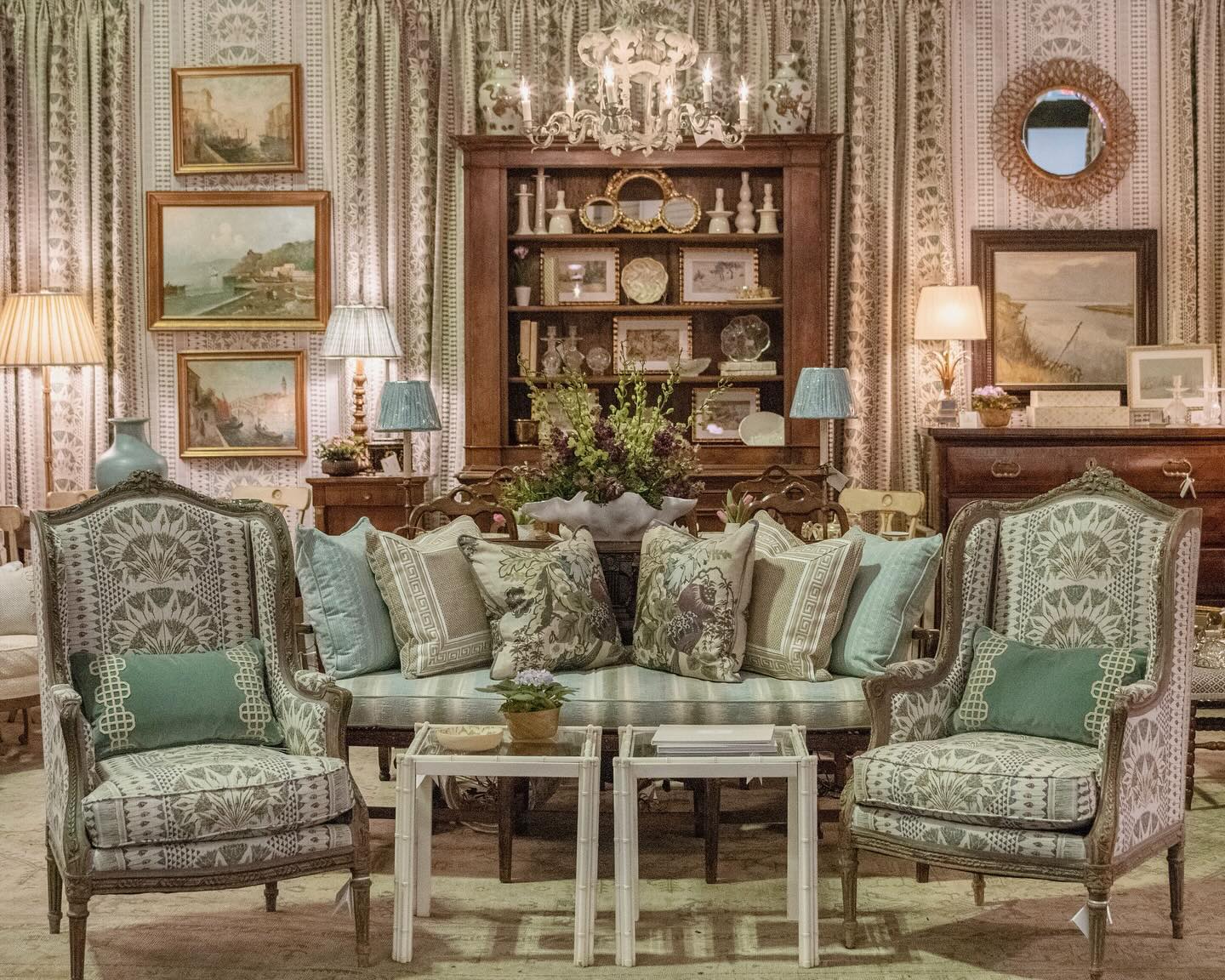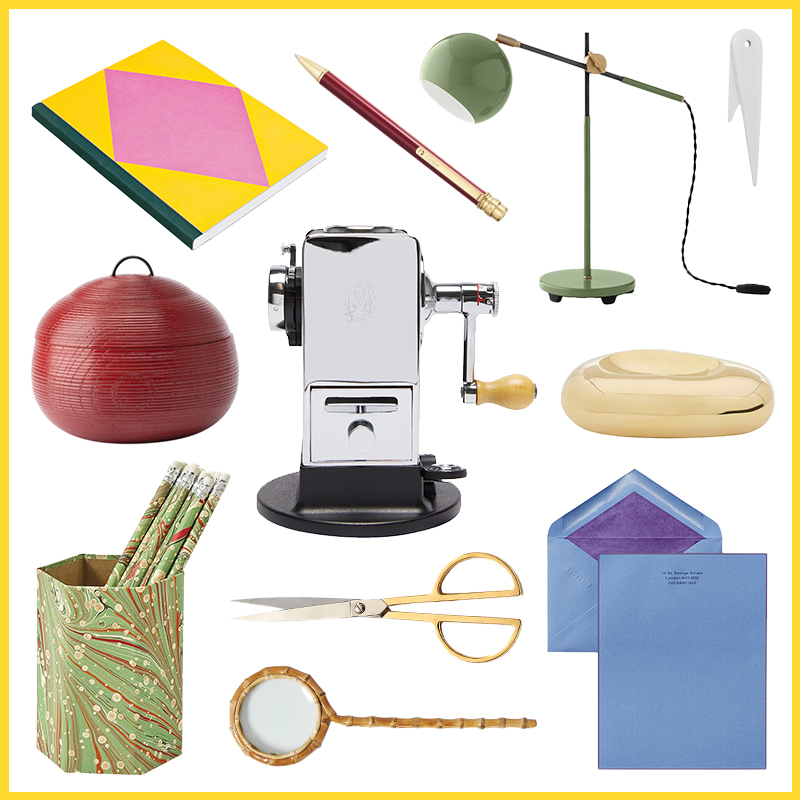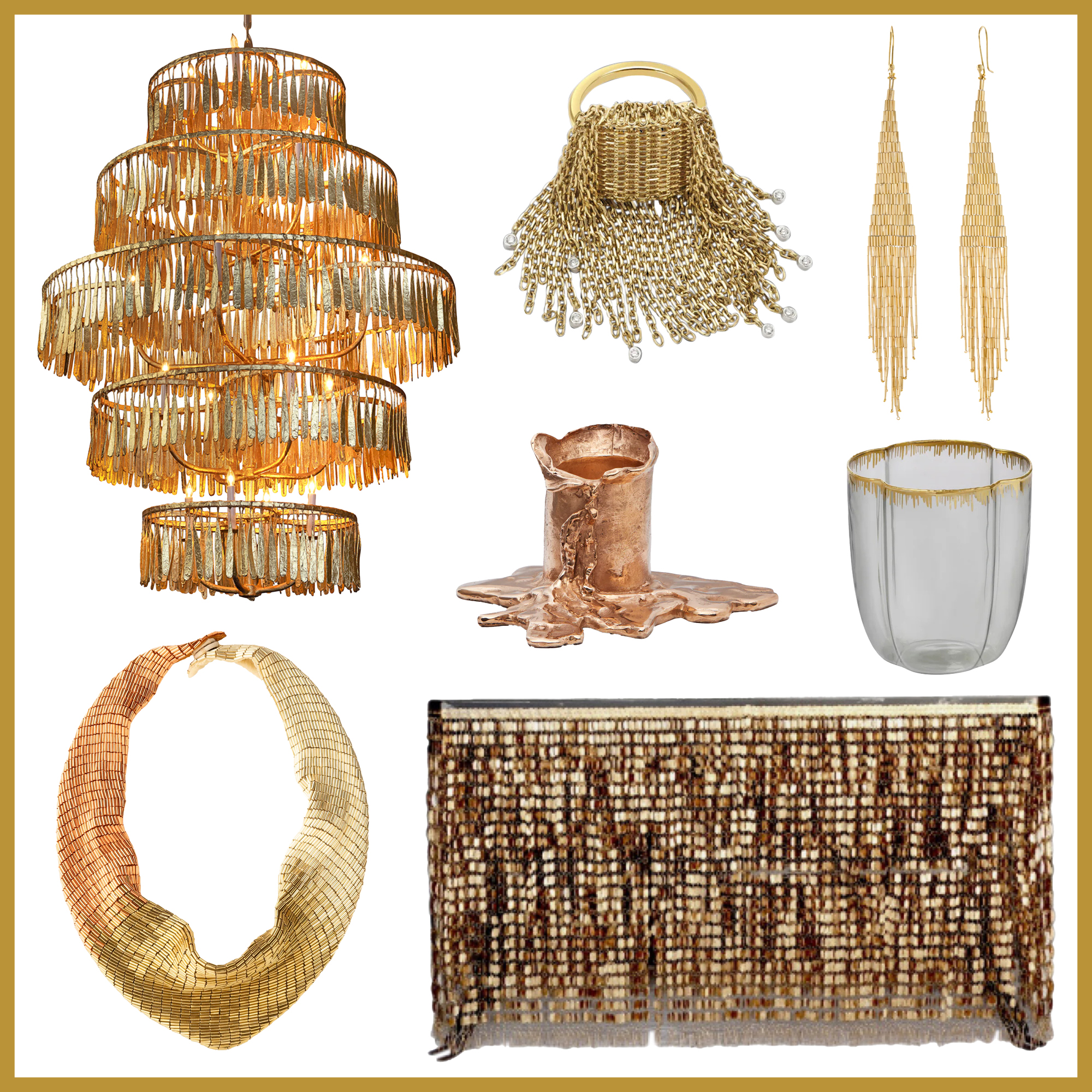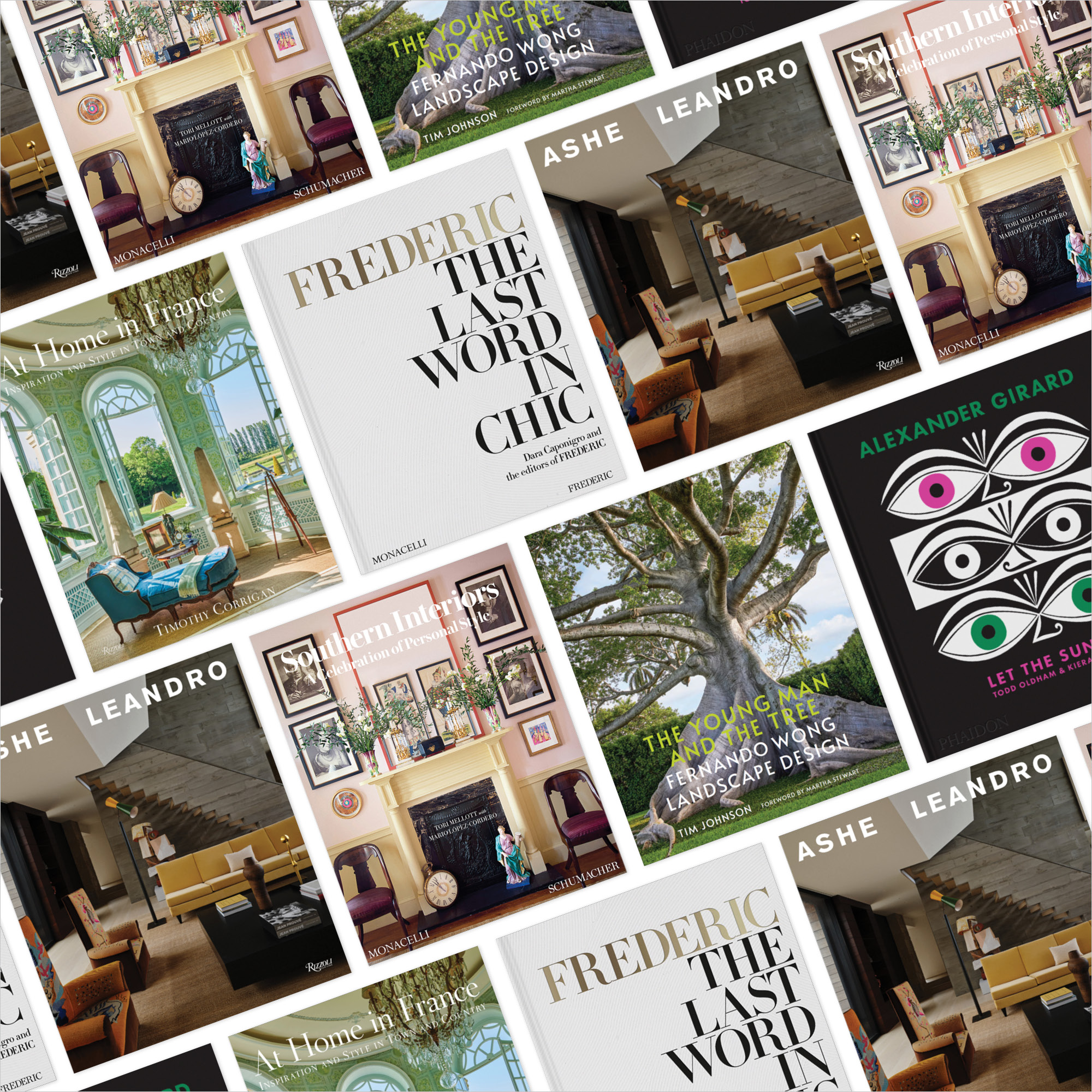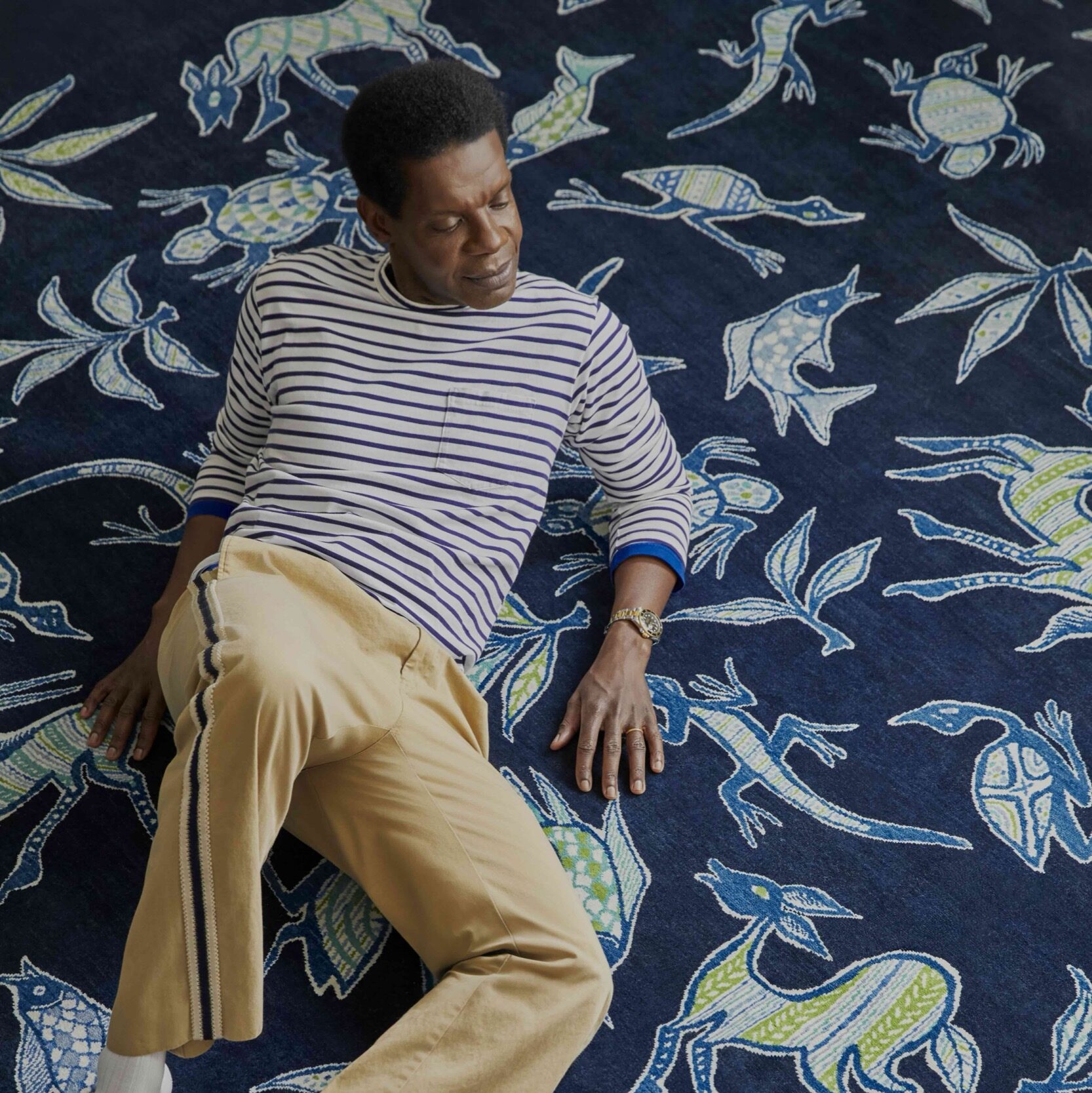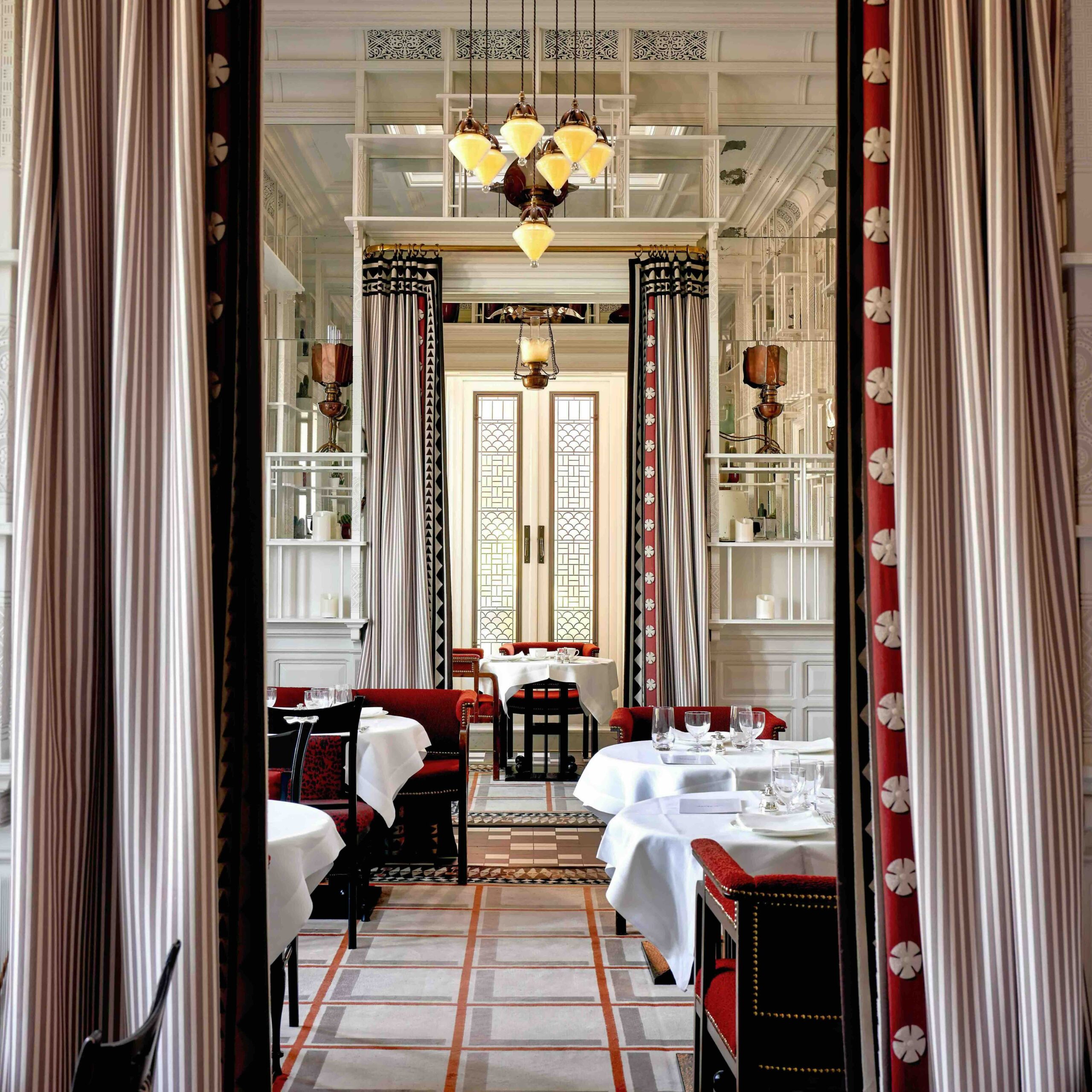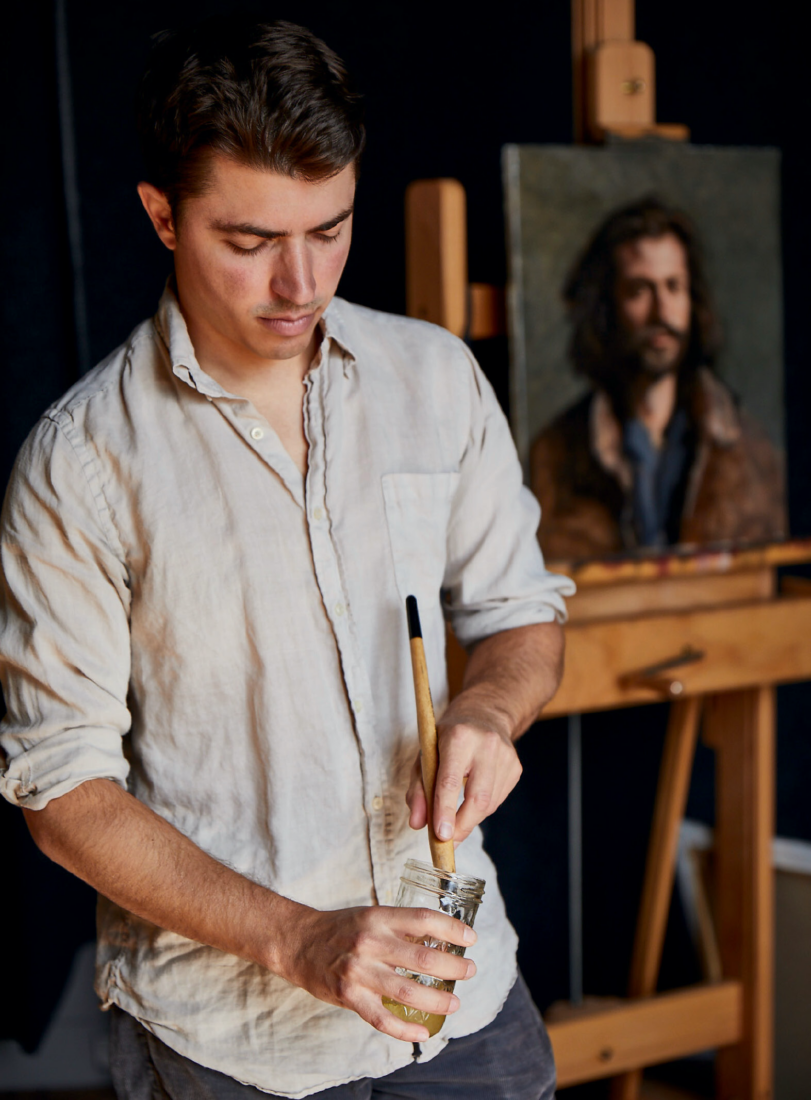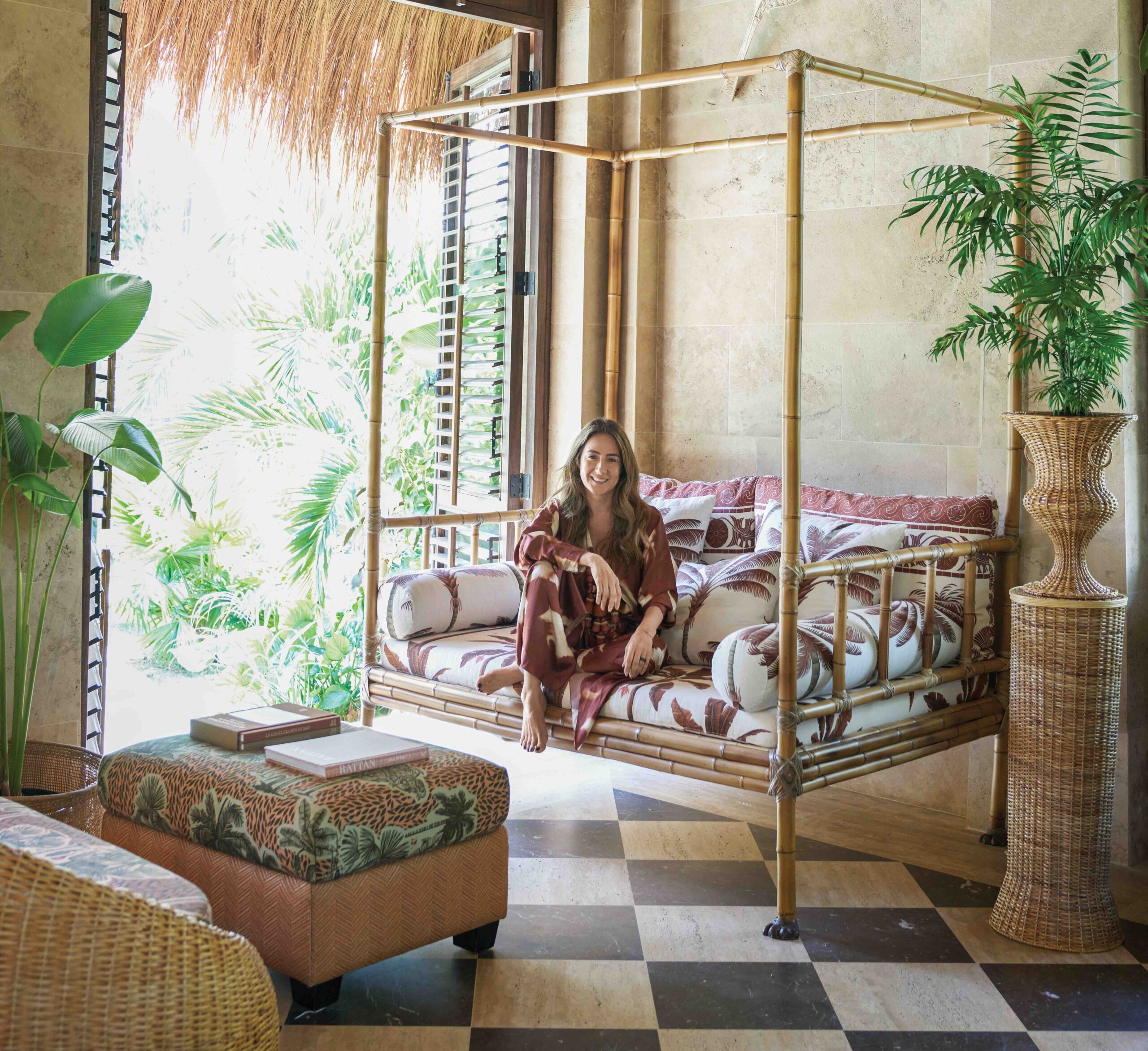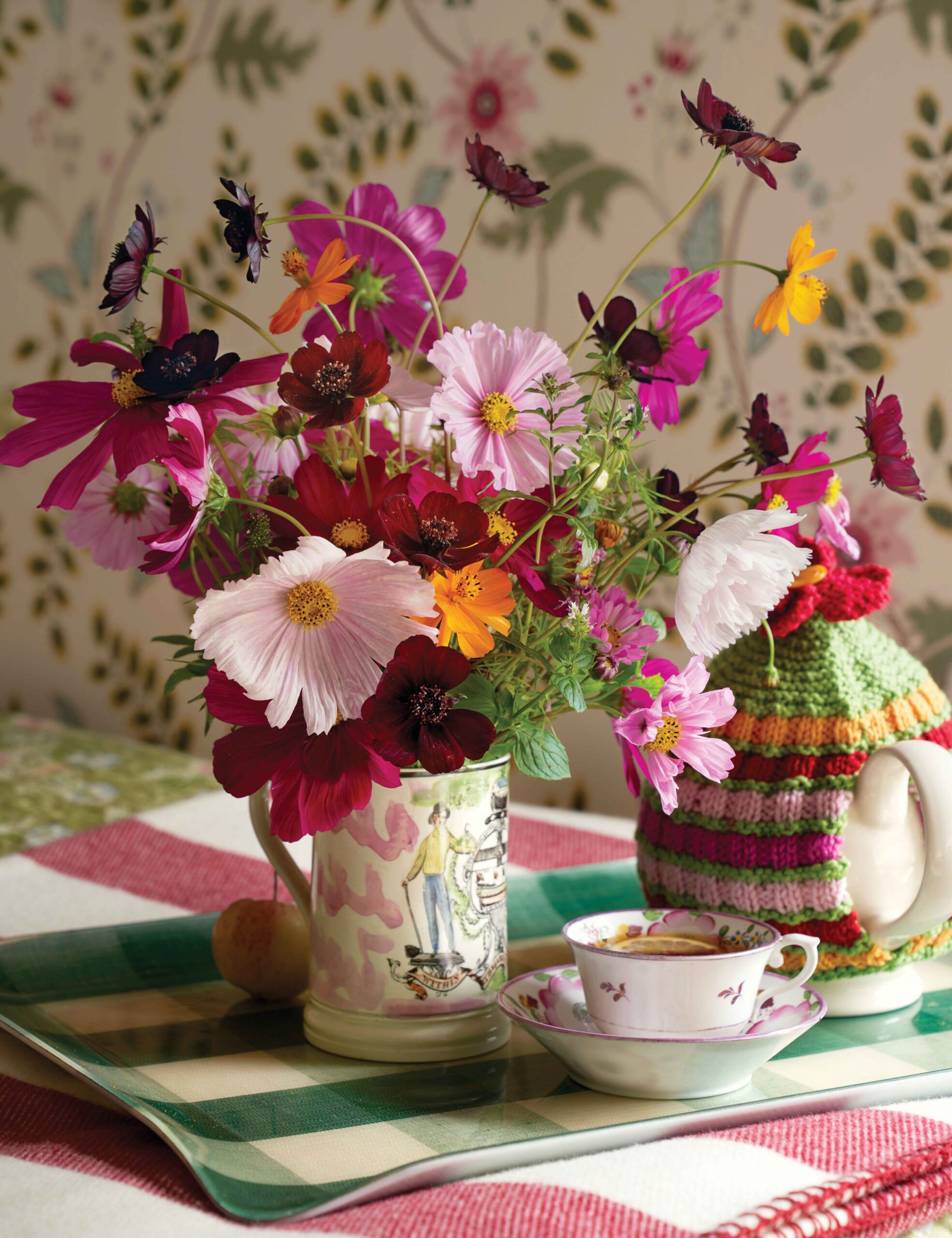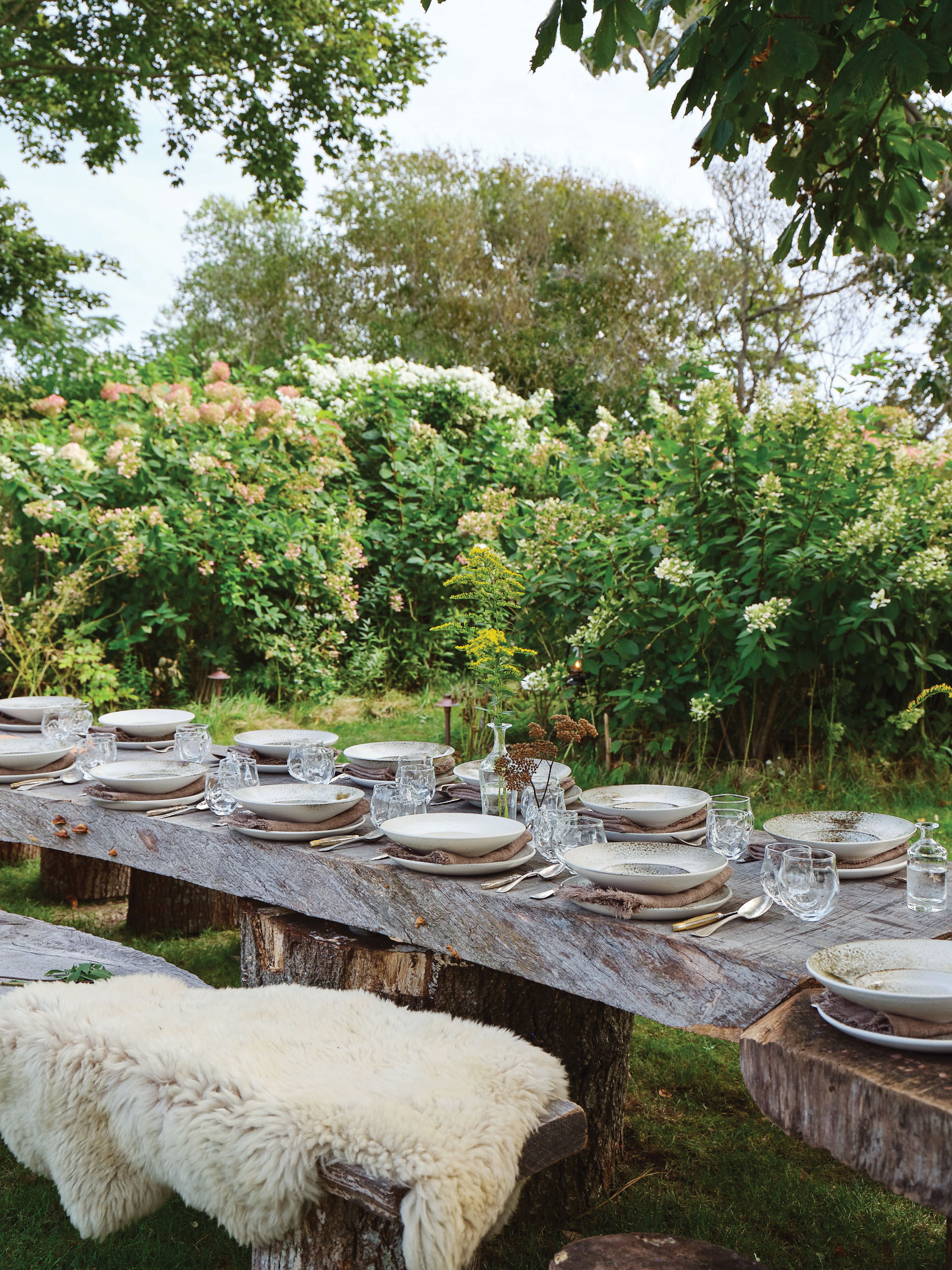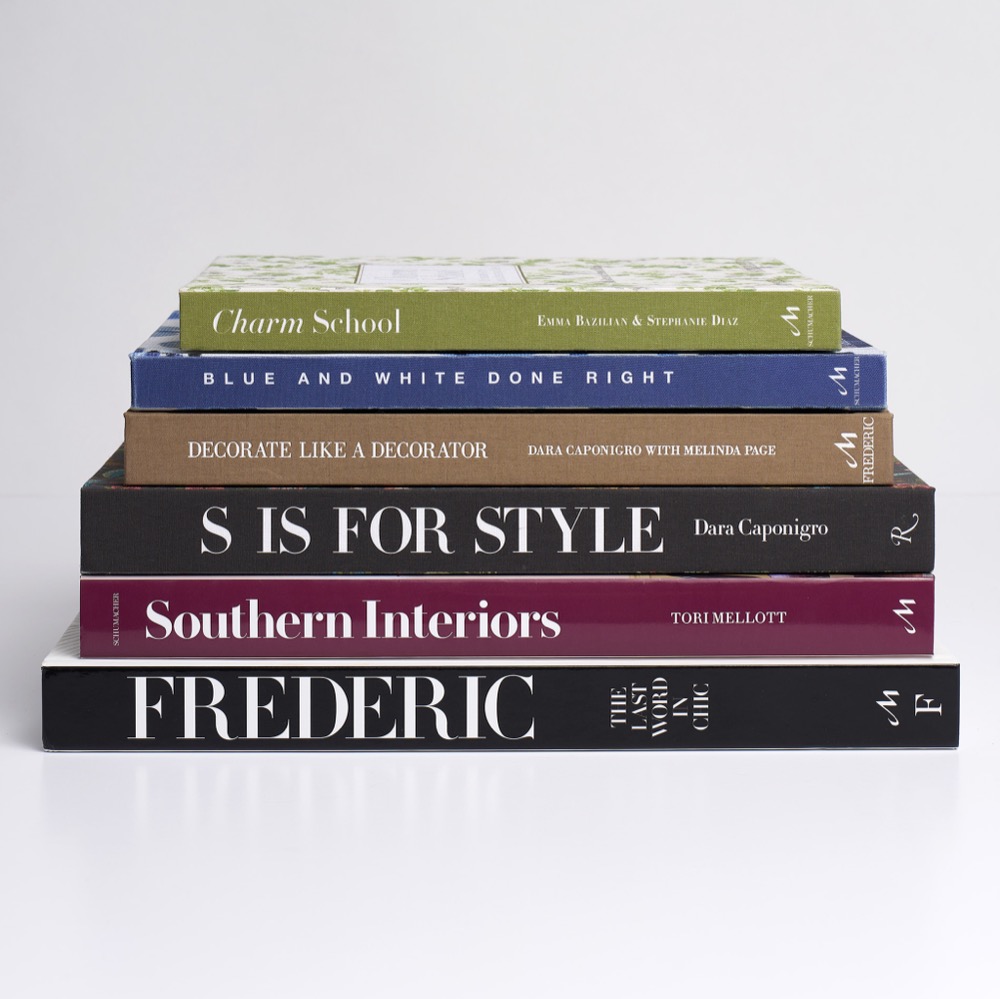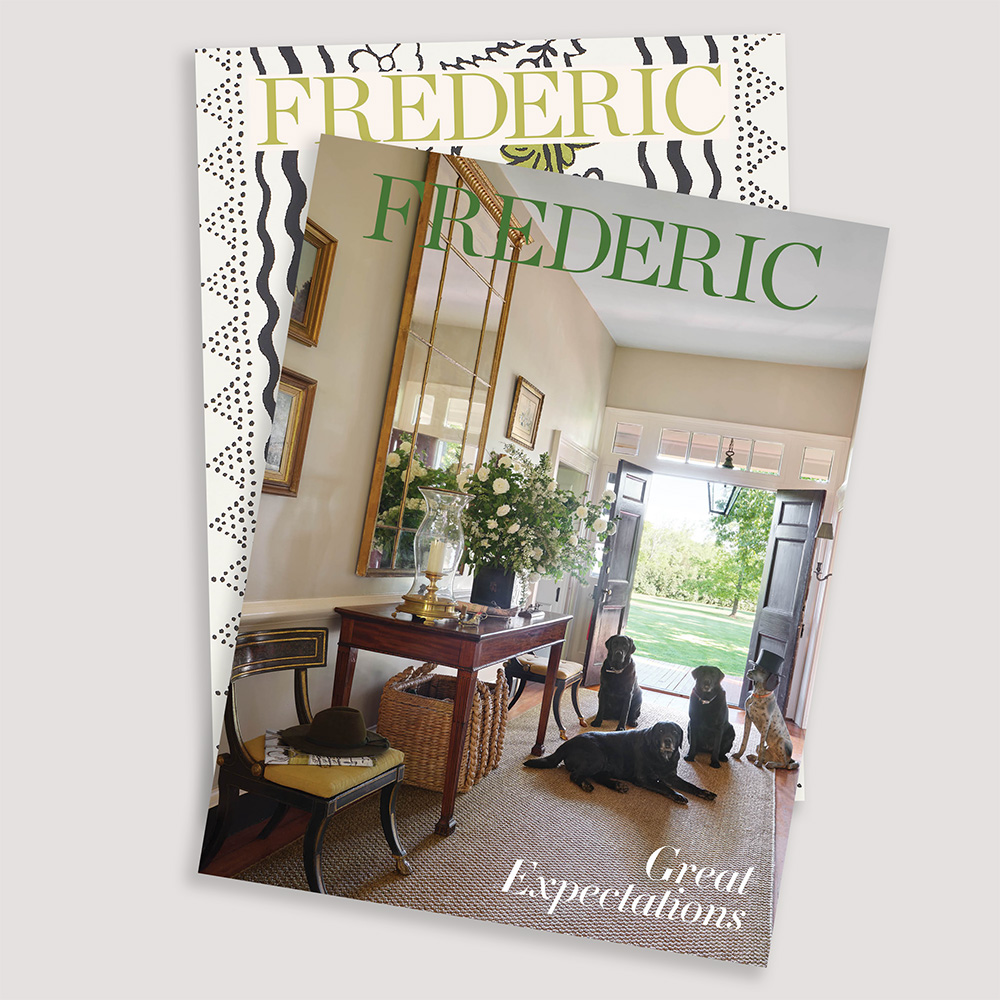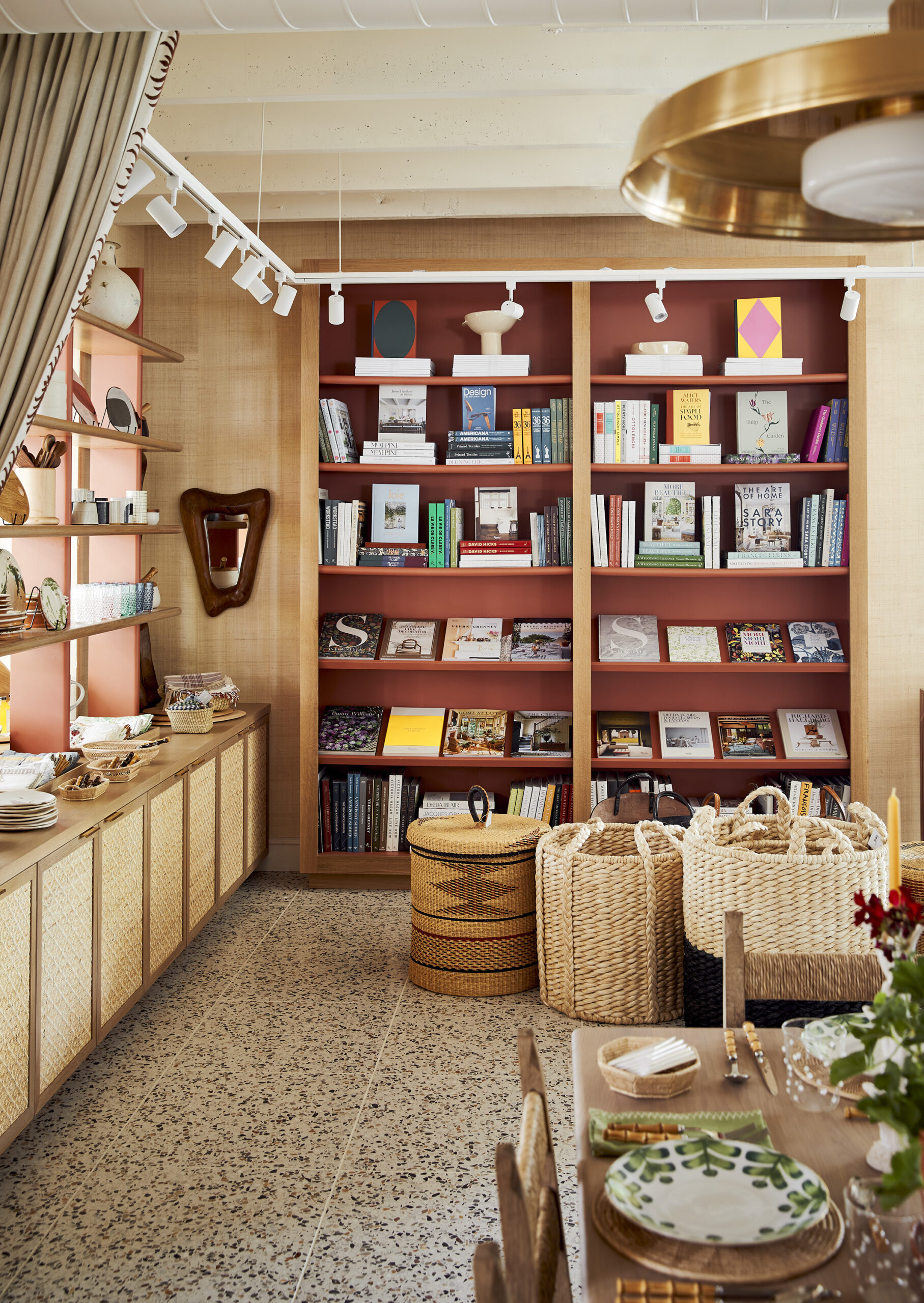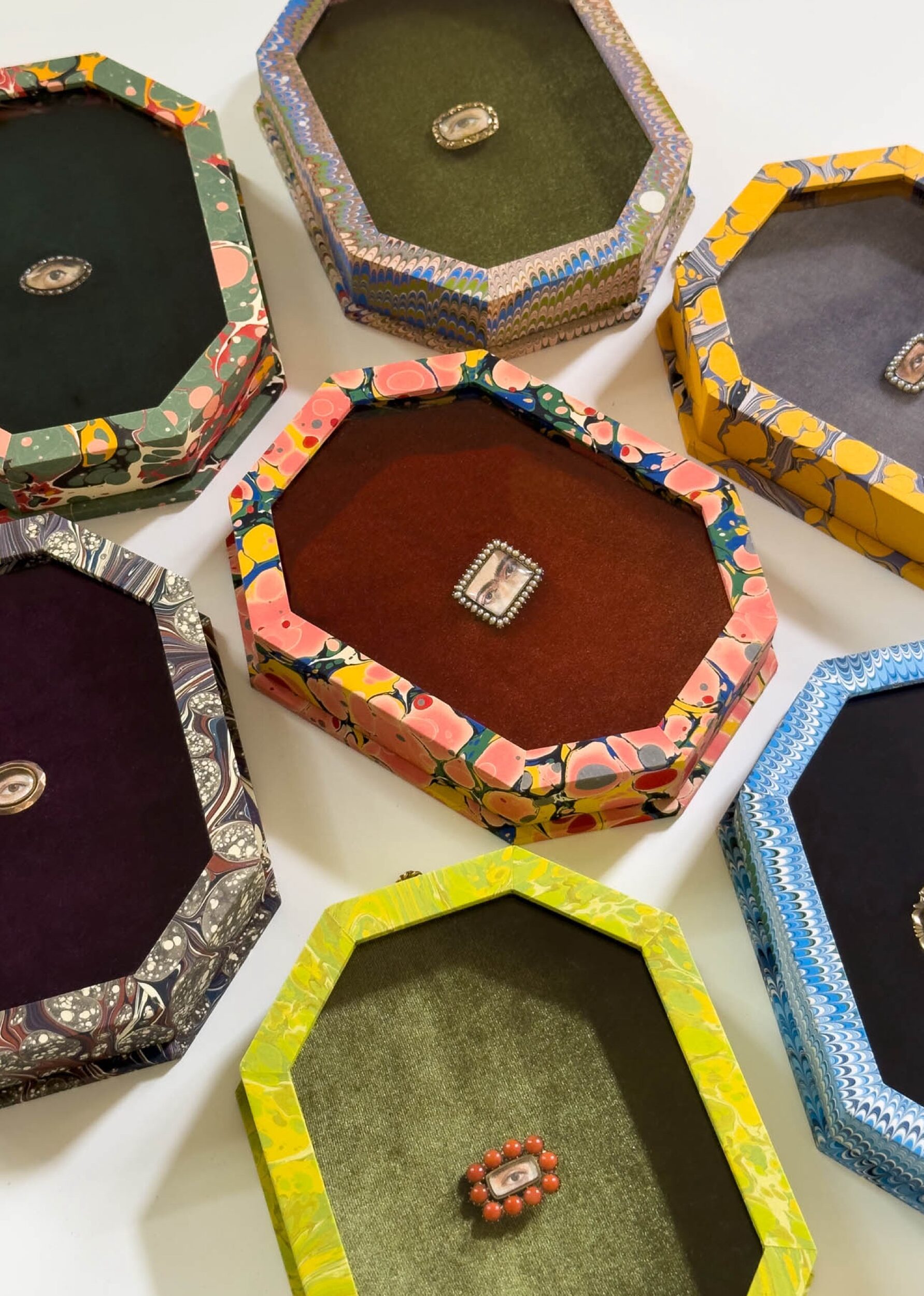On the outskirts of Beirut, Lebanon, lies Bourj Hammoud, a historic neighborhood struggling to preserve its character and culture against the dual forces of neglect and encroaching gentrification. It’s a story common in cities and towns around the world, but in Bourj Hammoud, there’s a new sense of hope for the future: Two architects, one of whom hails from the region, are working together to reconsider what it means to create sustainably while serving the needs of the communities who are affected the most by for-profit development.
Through the Rolex mentoring program, a fully-funded, two-year mentorship that has been connecting emerging creatives with industry leaders across disciplines for the past 20 years, Arine Aprahamian, a Lebanese-Armenian architect based in Rotterdam and co-founder of Muller Aprahamian, has forged a partnership with Pritzker Prize-winning French architect Anne Lacaton, co-founder of Lacaton Vassal Architects, to explore how best to use existing materials to help revitalize Aprahamian’s childhood home of Bourj Hammoud. We spoke with the pair to learn more about their efforts, the challenges they face, and their relationship as mentor and mentee.

French architect Anne Lacaton (left) and Lebanese-Armenian architect Arine Aprahamian in the Abroyan Factory, a former textile factory that Aprahamian is working to reimagine with community benefit in mind.
Rolex/ William LacalmontieArine, what made you select Bourj Hammoud as your focus?
Arine Aprahamian: The community built everything together over many generations and it is falling into disrepair, but no one is willing to finance the restoration. I’m creating a proposal to help people improve their homes and community spaces economically, focusing on minimal interventions.
One of the sites I’m working with, which is owned by the Armenian Evangelical church, measures about 5,000 square meters, but only about 15 percent is being used—partly as a kindergarten for at-risk children, and partly as offices for NGOs. It’s a tough neighborhood, and the care provided by the kindergarten is crucial to these families. Over the years, the building has evolved to meet the community’s needs—serving, for example, as an orphanage for the blind or an elderly care center. My goal is to strengthen the building’s structure so it can serve the community to its full capacity, while also developing a model that would generate income for the church, perhaps through small rentable studios or residences.
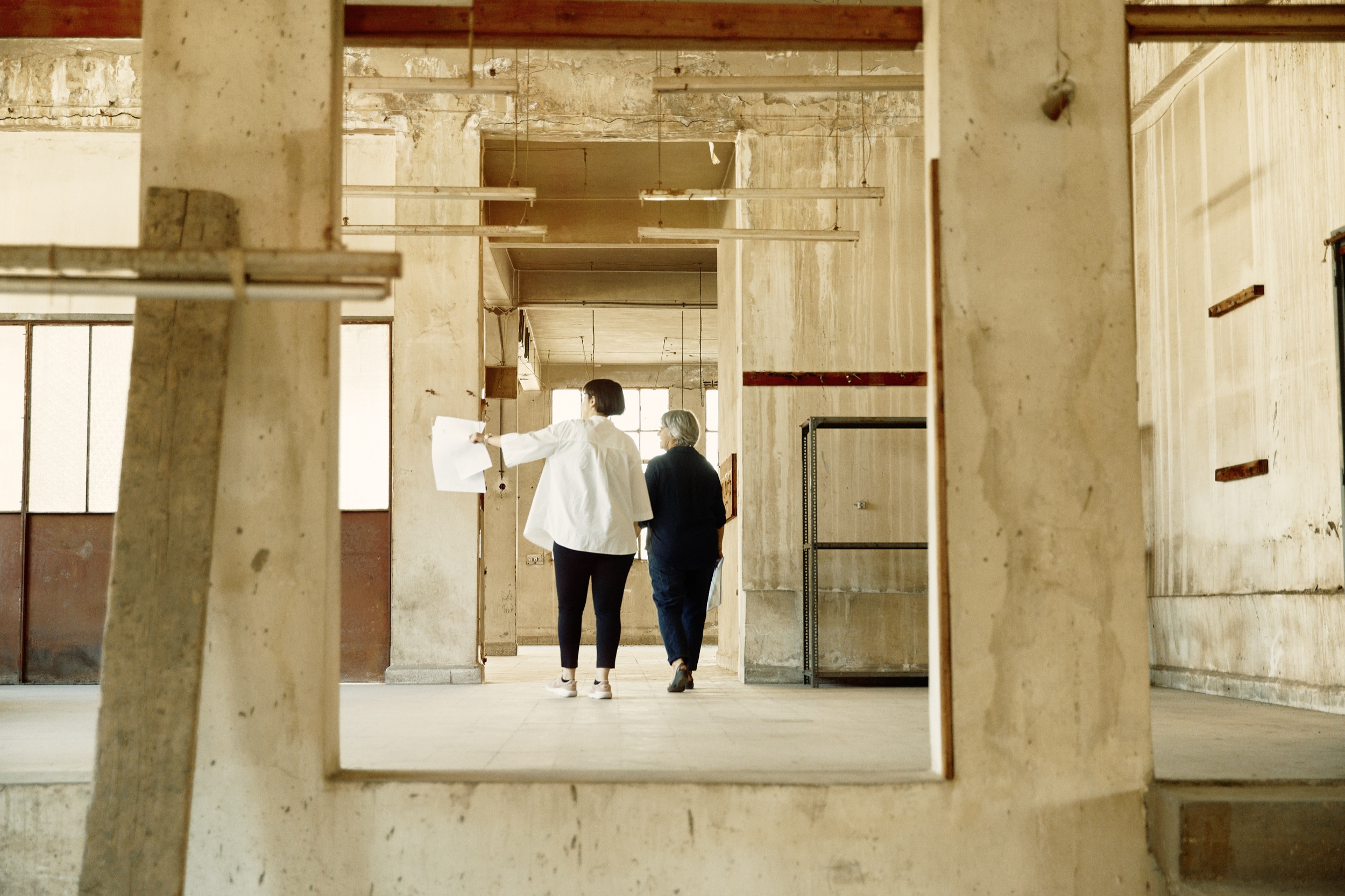
The pair walk through the abandoned factory.
Rolex/ William LacalmontieThe second site is a large factory with high-ceilinged spaces that used to produce clothes. It is currently privately owned, with much of it unused. By reinforcing the building and expanding its capacity, I want it to integrate with and benefit the neighboring community while also ensuring an income for the owner.
The final site is a composite of private buildings, including apartments and houses. My goal there is to raise awareness about concepts like climate comfort, sun protection, and improved ventilation so that residents can make efficient, sustainable renovations.

Over the years, the neighborhood of Bourj Hammoud has grown dramatically, from a small village to a dense urban space, but many poorly constructed buildings remain and are in need of urgent attention.
Courtesy of Arine AprahamianAnne, what about Arine’s practice drew you to her as a protégée?
Anne Lacaton: I was very interested by the subject and how she approaches it, and that she’s working in the neighborhood she grew up in and has a deep connection to. There are a lot of parallels between Arine’s project and the work I do with my partner, Jean-Philippe Vassal, considering existing places as the material we have to work with now.
The strength of Arine’s work lies in her dedication to preserving and supporting the community. What she proposes is the absolute opposite of most developers. She is not proposing to replace with new buildings but the opposite—to repair, to complete, to revive. She’s working from the inside, investigating every detail. It’s solely reflective of the community and their needs and based on the value of the existing.
It’s very difficult when you are practicing to take time to work on personal projects. This was something that Arine had in mind for a long time, and the Rolex mentoring program offered the opportunity to start working on it.

Architectural plans for a multi-use building owned by Armenian Evangelical Church. By analyzing the angle of the sun, Aprahamian can determine the best position for extended awnings and partitions to maximize solar heating and cooling.
Courtesy of Arine AprahamianArine, what have you learned working with Anne that has helped you overcome some of the challenges in the neighborhood?
AA: One of the toughest challenges is how to represent the work. These buildings are large, but the interventions can be small, surgical, almost invisible, which makes it difficult to illustrate what I’m doing in a way that’s understandable to people. We went through some of Anne’s projects like Palais de Tokyo—which is also a surgically renovated building—to learn how to illustrate what we’re doing. It remains a major challenge in a society that places value on dramatic visual transformations. You can’t show striking images because you are repairing things here and there. So how do you present that in a way that motivates people?
AL: The best way is to walk through the site to explain the changes, and very quickly everybody understands how beneficial this work could be. A case-by-case strategy is the most appropriate in such neighborhoods.

Each site was meticulously mapped by hand, since few architectural plans exist for any of the buildings.
Rolex/ William LacalmontieWhat challenges do you see with current sustainable building practices?
AL: The criteria that define sustainability—for example, the carbon balance—never take into account the situation before the project starts and, in particular, the demolition that often precedes rebuilding. For example, in France, the reuse of materials from the deconstruction of buildings adds a lot of points in the certification calculation for the project, but in our strategy, we prefer not to demolish or dismantle. We have nothing to reuse because we are using the existing system on the site, and we cannot earn points for that, although it is clearly the most sustainable. And when you don’t get enough points in the list of criteria, it’s very difficult to get certification.
For decades, people have believed that the old is bad compared to what is new, and that reuse and renovation are more expensive. And that is absolutely wrong. If we want to be sustainable, it’s important to assess the site-specific needs. You can’t erase everything that exists and be sustainable.
AA: It’s crucial to understand where and when it’s most efficient to change something. That is why it’s so important to investigate before replacing or intervening. It’s really about examining every detail, because sometimes just opening a doorway may be enough.

Aprahamian pores over her research. Eventually, she will create a step-by-step manual for small yet impactful changes to prolong the use of the community buildings.
Rolex/ William LacalmontieArine, what drew you to architecture and how did you develop a more regenerative and community-driven practice?
AA: As a child, I often daydreamed about the space around me. I thought that if I could just open up this space or make the window a bit bigger, everything would feel better. I didn’t know what architecture was—there were no architects around us—but I had this sensitivity to the qualities of space. Growing up in a neighborhood that could sometimes feel chaotic, I realized that it is not just the big gestures that make a difference. Small, thoughtful changes can have a big impact. There is always a way to improve something.
Tell us what the response in Bourj Hammoud has been like.
AA: I grew up there and I understand how it functions. My parents still live there, my grandparents still live there, and everybody has been extremely supportive. A lot of times, they’re not very hopeful that something will come out of it, but in their eyes, if someone wants to support neighborhood, they are part of our community already.
